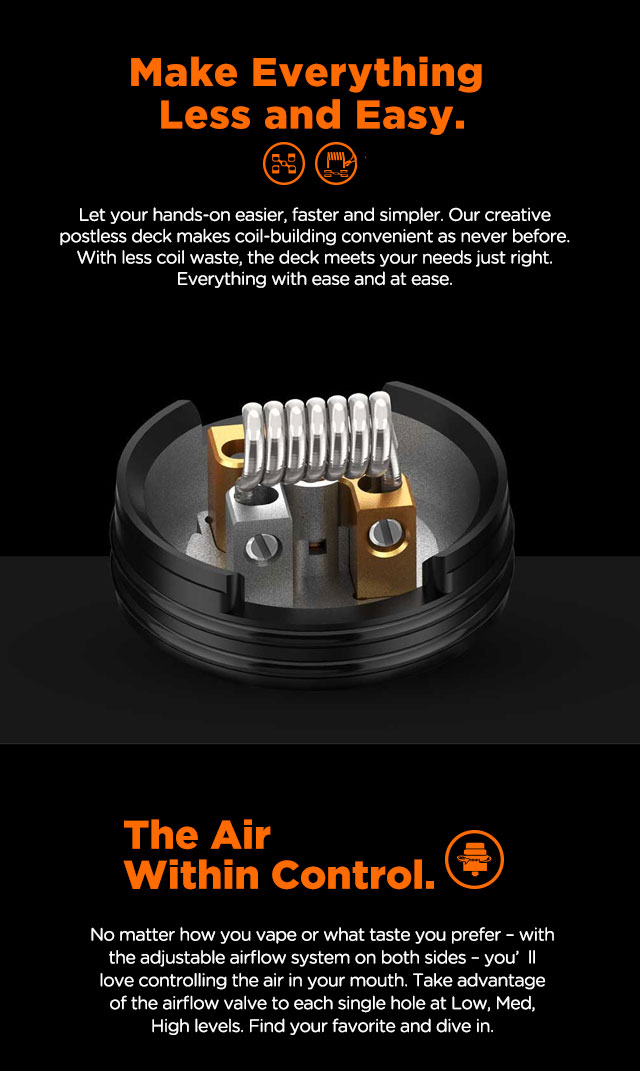
- MAKING COILS CUT FINGERS VAPE HOW TO
- MAKING COILS CUT FINGERS VAPE PLUS
- MAKING COILS CUT FINGERS VAPE FREE
MAKING COILS CUT FINGERS VAPE PLUS
On the plus side it’s easy to work with and has a high melting point, which means there’s a far lower chance of combustion during dry burning.Īnd let’s face it not catching fire is pretty handy… Rarely used by Vaping Hardware due to the noticeable lack of flavour, Silica is also known to wick far slower than other materials. If you’re not yet building your own coils you’re likely to be using a silica wick in your atomiser right now.

SilicaĮxtremely popular with manufacturers of early atomisers and pre-built replaceable coils, Silica wicks are strands of twisted rope made from Silicon Dioxide. However, you must make sure you buy the sterile, unbleached variety if you’re going to wick a coil with cotton balls. However, we find this affects the longevity of your vape wick and therefore we don’t bother. Plenty of vapers recommend boiling the cotton (and allowing it to dry!) before using it to remove any impurities. The only negative as far as we’re concerned, which is true of all cotton vape wicks, is the fact it’s easily burnt if not fully saturated. You simply pull apart a cotton ball, roll it into a thin strand and thread it through your coil. It absorbs e-liquid well, provides great flavour, is easy to work with and is the cheapest option by far. Yes you read that right, you really can use cotton balls for vaping!… The first and most obvious choice on this list standard cotton is one of the best wicking materials you can use to wick a coil. In that guide we spoke about the basics of coil building, a few of the many variations of coil types within the vaping community today and the wire and methods used.īe sure to check it out if you haven’t done so already! So what coil wicking materials can I use?… Cotton Balls If you’re new to building and wicking coils, we’d recommend starting with our ‘how to wick a coil’ tutorial at the end of this guide!įYI, this coil wicking tutorial is a follow up to the popular Coil Building Guide we posted recently. Wicking coils for flavor and wicking coils for vapor are two very different beasts!Ī quick Google or YouTube search will reveal dozens of different techniques, each claiming to be the best vape wicking method. But the question we get asked the most?… “What is the best coil wicking technique”?Īgain this is really down to personal preference.
MAKING COILS CUT FINGERS VAPE FREE
Designed specifically for vaping, it’s free from impurities and provides outstanding flavour. We detail many wicking materials in depth later in this guide, along with the benefits of each, so stay tuned!īut if we had to pick just one to get you started, it would have to be Cotton Bacon. I know that sounds cheesy but this really is down to personal preference. The best coil wicking material is essentially just the coil wick that works best FOR YOU. “What is the best coil wicking material”? However, if you’re looking for the best wicking material you should look elsewhere! Silica produces poor or average flavour compared to the many other wicking materials you can use.
MAKING COILS CUT FINGERS VAPE HOW TO
Let’s take a quick look at the most common coil wicking questions we get before we cover how to wick a coil… “What are vaping wicks made of”?īack in the day, vaping wicks were generally made from a wicking material called Silica. Ideal for coil wicking, Silica is easy to work with and highly resistant to heat. In fact, plenty of vapers actually view the process of coil wicking as more important than the coil itself!


With differences in the saturation speed of your vape wick, to the vapor production and even flavor. Not all coil wicking materials or wicking techniques are created equal. Today we’re looking at another hugely important element of the building process how to wick a coil build!Ī key component of your setup, the vape wick absorbs your e-liquid and keeps it evenly distributed across your coil.


 0 kommentar(er)
0 kommentar(er)
